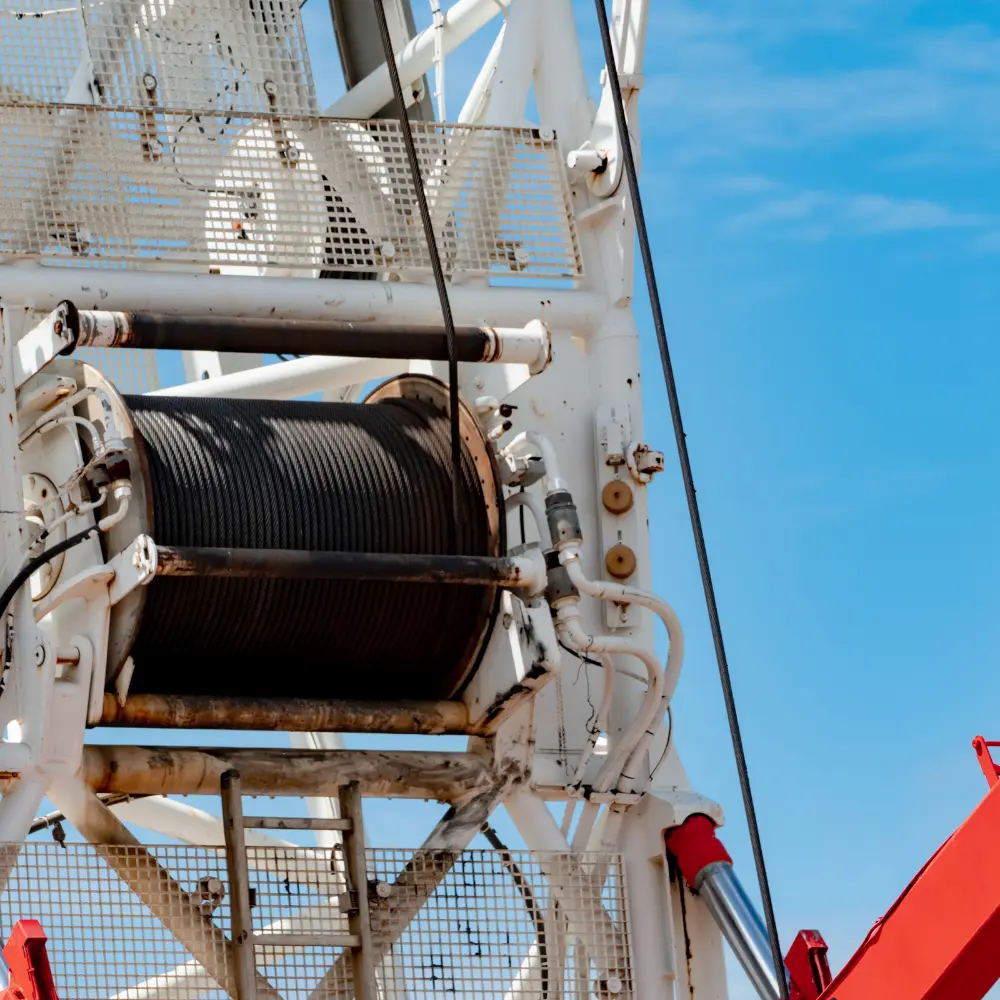 Crane wire ropes and pulleys are pivotal in the operational integrity of lifting and material handling systems. Their ability to perform under varied loads is not just a matter of efficiency but a significant factor affecting safety and reliability. This deep dive into the sliding friction, wear characteristics, and their impacts on wire rope performance reveals actionable insights for optimizing their operation.
Crane wire ropes and pulleys are pivotal in the operational integrity of lifting and material handling systems. Their ability to perform under varied loads is not just a matter of efficiency but a significant factor affecting safety and reliability. This deep dive into the sliding friction, wear characteristics, and their impacts on wire rope performance reveals actionable insights for optimizing their operation.
The Critical Impact of Sliding Friction and Wear
Sliding friction and its resultant wear on wire ropes and sheaves (pulleys) present a complex challenge, especially under conditions of long-distance transmission. The interaction between wire ropes and sheaves at different sliding velocities unveils a nuanced landscape of wear and performance.
- Friction Coefficient and Sliding Velocity: The relationship between the sliding velocity and the sliding friction coefficient (COF) is inversely proportional. As experiments show, the COF decreases from roughly 0.58 to 0.51 with an increase in sliding velocity from 0.8 m/s to 1.6 m/s. This phenomenon suggests that higher velocities lead to smoother interactions between the wire rope and the sheave, thus reducing frictional resistance.
- Heat Generation Dynamics: With the increase in sliding velocity, the frictional heat generated at the contact points between the wire rope and sheave rises significantly. Depending on the velocity, the temperature can soar from 52.7°C to an impressive 116.2°C. This heat affects the material properties at the contact surface, necessitating precise management to avoid degradation of the wire rope.
Delving into Surface Wear Patterns
Surface wear plays a crucial role in wire ropes' operational lifespan and reliability. Examining wear patterns under different conditions can provide insights into optimal operational strategies.
- Optimizing for Minimal Wear: The experiments pinpoint an optimal sliding velocity—1.2 m/s—at which the wear width is minimized to approximately 1.5 mm. This velocity represents a sweet spot where the wire rope experiences the least wear, suggesting a targeted approach for operational settings to extend rope life.
- Wear Mechanisms at Play: The primary wear mechanisms identified are abrasive and adhesive. The velocity of sliding significantly impacts these mechanisms, with higher speeds resulting in smoother contact surfaces and reduced abrasive action. This insight is pivotal for adjusting operational parameters to mitigate wear.
Strategic Insights for Operational Excellence
The findings from this comprehensive study offer several actionable strategies for optimizing wire rope and pulley systems in cranes.
- Velocity Control for Reduced Wear: Carefully controlling the sliding velocity can significantly reduce wear and extend the service life of wire ropes. Operators should aim for the optimal velocity to balance efficiency and wear.
- Monitoring for Heat Management: Monitoring the temperature rise at the contact points allows for timely interventions to prevent material degradation, ensuring the wire rope maintains its structural integrity over longer operational periods.
- Adaptive Operational Protocols: Adjusting operational speeds and loads based on real-time assessments of frictional heat and wear patterns can lead to more sustainable use of wire ropes and pulleys, reducing downtime and maintenance costs.
Bilco Wire Ropes, Your NY Wire Rope Partners
The intricate relationship between sliding friction, wear, and operational parameters for crane wire ropes and pulleys underscores the need for optimized practices. By embracing a nuanced understanding of these dynamics, operators can significantly enhance the performance, safety, and longevity of these essential mechanical components, ensuring reliable operation under various loads. This exploration contributes to the knowledge around wire rope performance and serves as a guide for operational best practices in material handling and lifting operations.
Related Reading